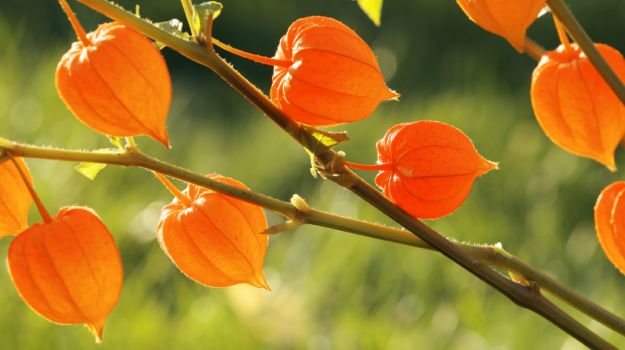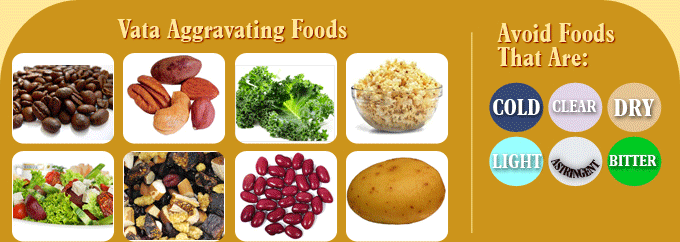- Home
- Ayurveda and tridoshas
- Vata dosha
Vata dosha
Vata dosha is considered as the leader of all doshas as it controls the movement of mind and body. It controls the circulation of blood, elimination of wastes from the body, breathing movement and thoughts in the minds of the people.
It is very important to keep vata under control for healthy lifestyle. It mainly consists of air and space elements. The balanced vata individual is gifted with high quality of creative thinking, natural ability to express and communicate.
Vata governs that is related to movement, such as breathing, talking, nerve impulses, movements in the muscles and tissues, circulation, assimilation of food, elimination, urination, and menstruation.
The three doshas in Ayurveda. According to Ayurveda dosha is one of the three bio-elements that makes into one constitution. They are highly unstable and keep changing every day.
Some people are over active while some are lazy, some people can just keep hogging any number of times while others find it difficult even to finish two meals in a day.
There are some people who are always smiling and happy while some are always under stress trying to take whole world problem on to their shoulders. All these are the tridoshas which happen to mind and human body. The three main doshas are Vata, Pitta and kapha doshas.
Types of Vata Dosha
Vata Dosha: Vata dosha is the most important element in our human body. Vata dosha controls our basic and important body functions and the mind. If vata is not maintained then one may be prone to disease like Flatulence, Gout, and Rheumatism.
The basic characters of Vata are light, mobile, cold, hard, rough, sharp, subtle, flowing and clear. Vata can be understood in a much better way by first understanding the five sub doshas or types of vata. The five types of vata dosha are
Prana Vata: This sub dosha of vata governs the mind, senses and body. This vata is located in the brain head and heart. If the prana Vata gets imbalanced then it may cause difficulty in breathing and also our sleep pattern may get disturbed.
Udana Vata: Governs the throat and the voice of a person, memory. It is located in lungs , throat and navel of a person When Udan Vata gets imbalanced then a person may suffer from issues like throat infection or ear discomfort.
Samana Vata: This is located in the stomach and small intestine of a person. Samana vata represents force of absorption like carrying the nutrients of the food from intestine to the circulatory system. It mainly governs and takes care of the digestive system. If samana vata gets imbalanced then it causes intestinal cramps gastric and slow digestion.
Apana Vata: It is located between naval and anus of a person. The main function of this vata is to remove wastes from the body like urination, mensuration and sexual discharges. If Apana vata gets imbalanced then the person may suffer from constipation, menstrual problems and lower back pain.
Vyana Vata: This has a very important function of the body. It controls the blood circulation, heart rhtym. It is located in the heart . when this vata gets imbalanced then the person may suffer from dry skin poor blood flow and other stress related problems.
Symptoms of Vata Dosha
Symptoms of increased vata are:
Remedies for Vata dosha
How to have a balanced vata
- Enjoy foods that are sweet, sour and salty in taste
- Early to bed is good
- Eat warm and cooked foods rather than eating raw foods
- Include oil and ghee in food in right proportion
- Indulge in regular light exercise like walking or running depending on age
- Have fruits like oranges, mangoes, banana, cherries. Reduce fruits such as apple, pomegranate
Remedies to maintain vata dosha
- Include good amount of oil in your food and messaging. Since imbalance in vata dosha leads to dry skin. Oil messaging all over the body regularly would help to prevent dry skin.
- Certain spices like cardamom, ginger, cinnamon, cumin and black pepper are good for balancing vata dosha in our body.
- Eat warm and cooked food for maintaining balance. Vata being cold it is good to have warm and cooked food. Eating raw may lead to bloating, constipation and gastric problems.
- Having a healthy routine is very important. Eating food at regular intervals would keep vata under control. A good sleep is very important

5.Some of the Vata reducing herbs are heavy, sweet and sour in nature to soothe the light, astringent and dry Vata. Some of the important herbs for reducing Vata include Ashwagandha, Vidari, Bala, Yesthi Madhura, Dashamul, Shanka Pushpi, Jatamansi and Ginger. These herbs can be consumed with ghee to increase their effects and enhance rejuvenation and absorption. A word of caution these herbs are to be taken only after consultation of doctor otherwise it may lead to imbalance in vata dosha.
6.Keeping a regular exercise routine is always good. Vata being air and space it would be good to do regular walking in nature as it introduces into opposite elements of earth and water. Going out for walk after lunch is an excellent remedy for mind and body.
Update on coronavirus in India
Affiliate Disclosure:
If you make any purchase via a link on this site, I may receive a small commission with no added cost to you.




